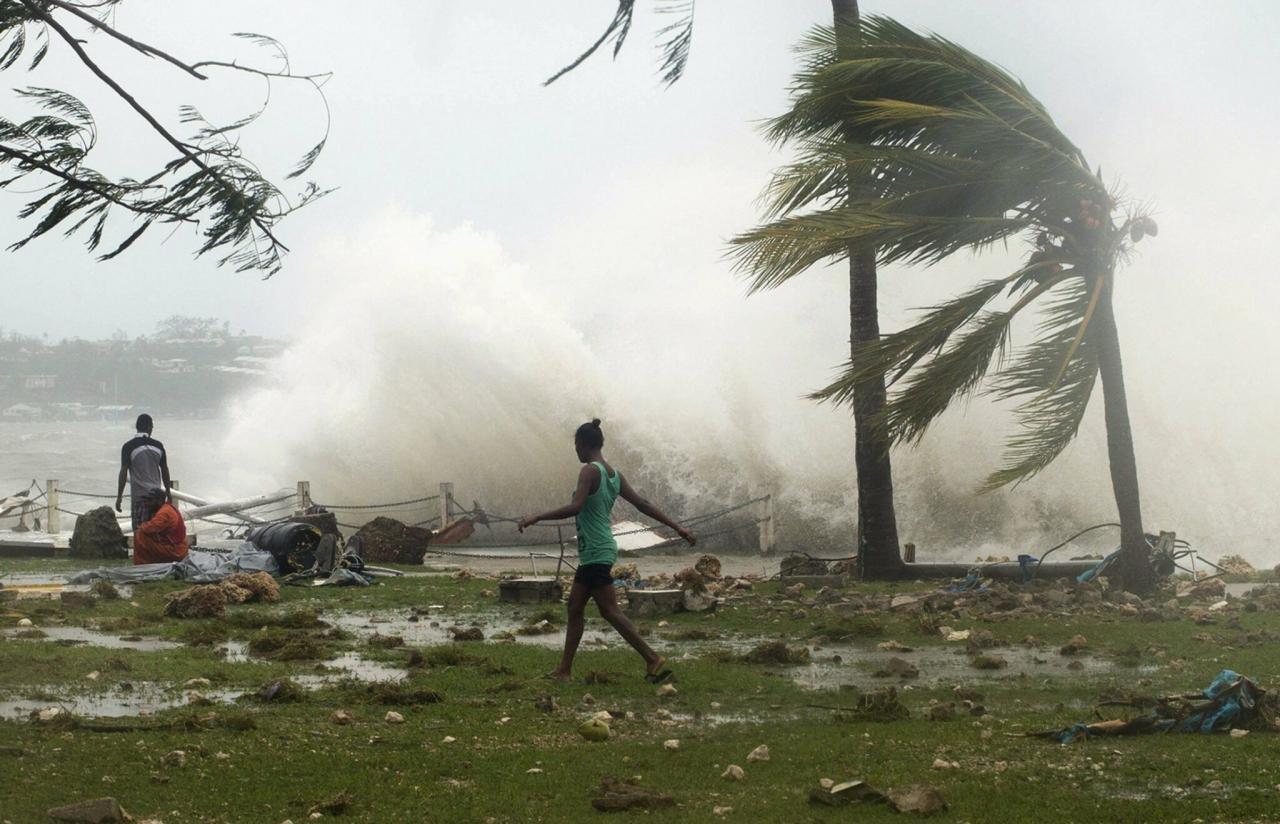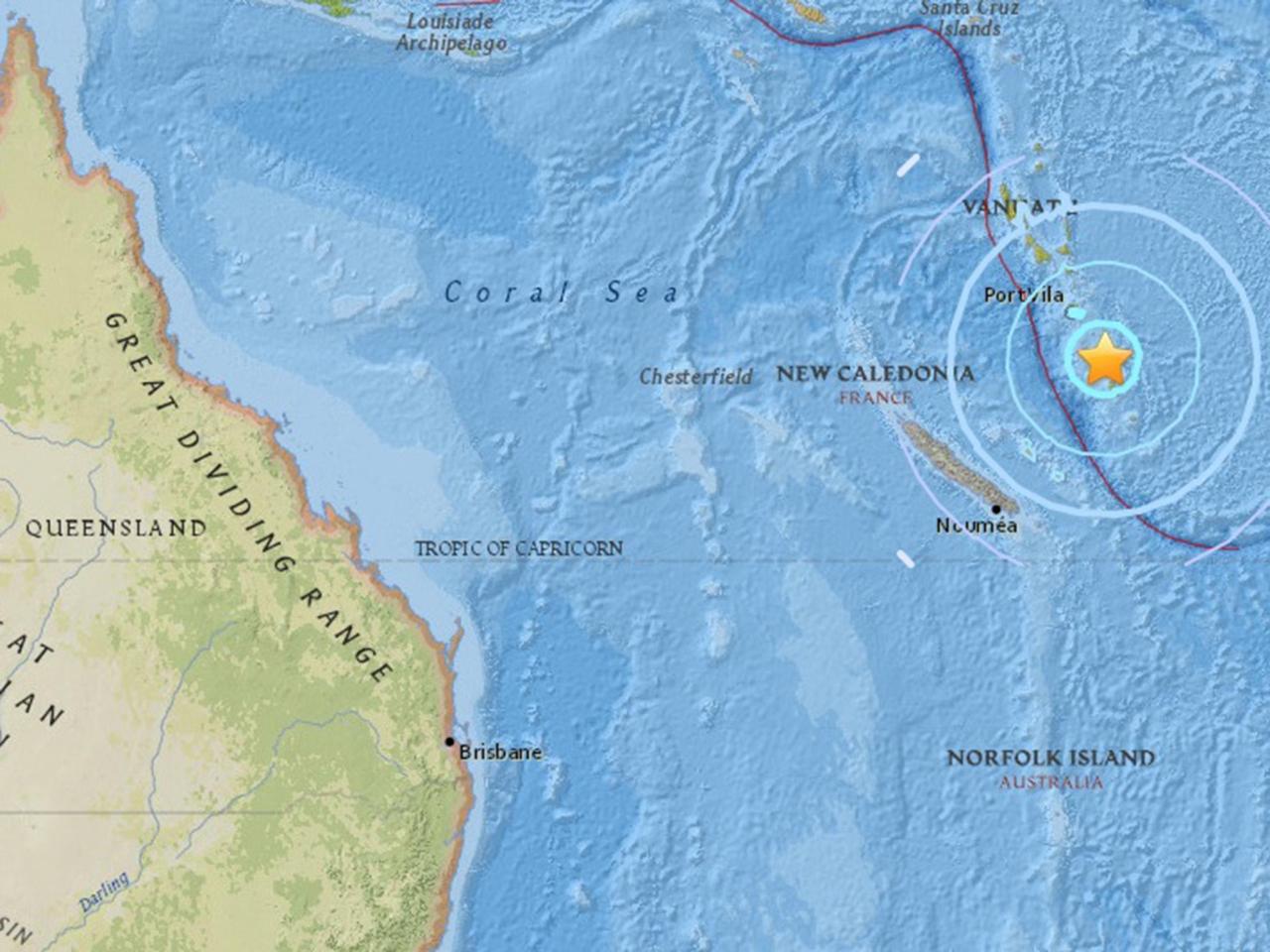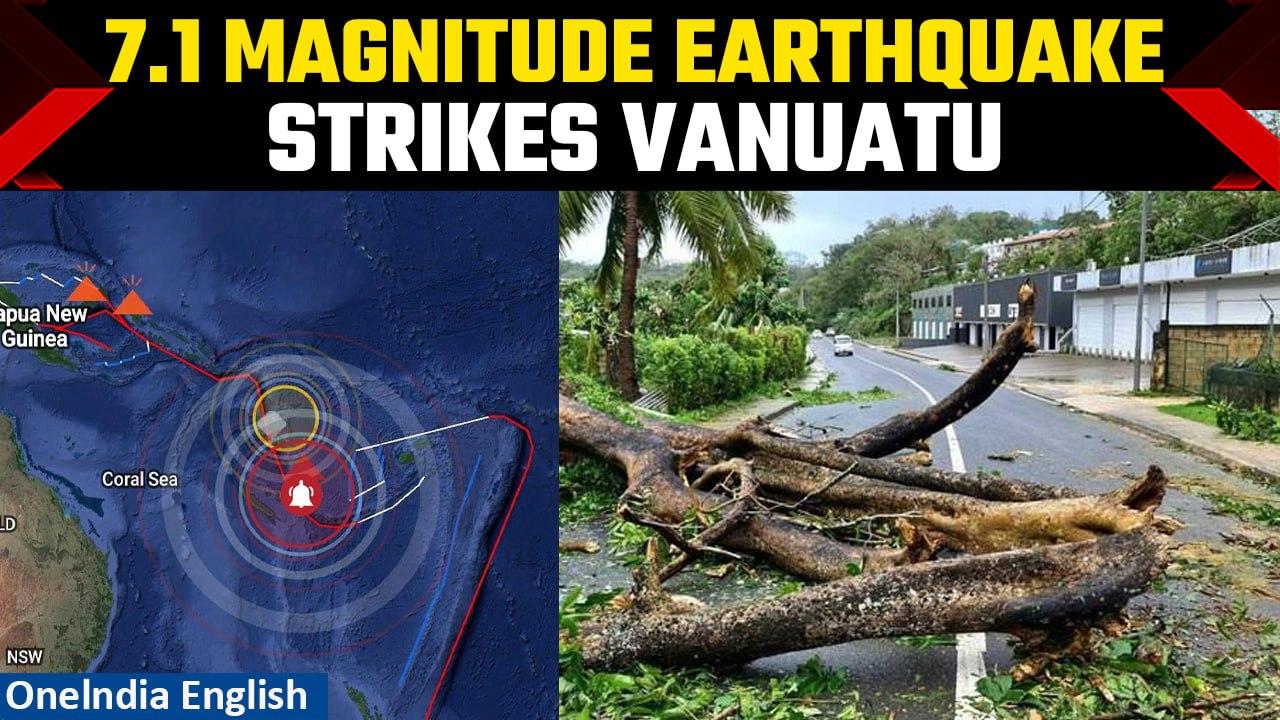Vanuatu hit by another earthquake as hundreds of Australians return home highlights the ongoing challenges faced by the island nation. This recent seismic event follows a pattern of significant geological activity in the region, underscoring the vulnerability of Vanuatu’s infrastructure and the need for robust disaster preparedness measures. The swift evacuation of Australian citizens underscores the importance of international cooperation in disaster response, showcasing both the logistical complexities and the humanitarian efforts involved in such operations.
This situation necessitates a comprehensive examination of Vanuatu’s resilience, the effectiveness of existing disaster plans, and the crucial role of international aid in the recovery process.
The earthquake’s impact extended beyond immediate casualties and infrastructure damage. Disruptions to essential services, including communication networks and power supply, compounded the difficulties faced by residents. The Australian government’s response, involving coordinated evacuation efforts and substantial aid packages, exemplifies the strong bilateral relationship between the two nations. However, this event also raises broader questions regarding long-term seismic risk assessment, the adequacy of existing building codes, and the ongoing need for investment in disaster mitigation strategies within Vanuatu.
Earthquake Impact Assessment: Vanuatu Hit By Another Earthquake As Hundreds Of Australians Return
The recent earthquake in Vanuatu caused significant disruption and damage across the island nation. A comprehensive assessment is crucial to understand the full extent of the impact and guide effective relief and recovery efforts. This section details the immediate effects on infrastructure, casualties, and the overall economic impact.
Infrastructure Damage
The earthquake inflicted considerable damage to Vanuatu’s infrastructure. Buildings, particularly older structures and those constructed with less resilient materials, suffered varying degrees of damage, ranging from minor cracks to complete collapses. Roads and bridges in affected areas were compromised, hindering access for emergency services and aid delivery. Essential services like electricity and water supply were disrupted in several regions, impacting the daily lives of residents and exacerbating the humanitarian crisis.
Following the initial earthquake, Vanuatu has unfortunately been struck again, prompting concerns for the ongoing safety and stability of the region. Hundreds of Australians are returning home after experiencing the tremors firsthand, as reported in this recent news piece: Vanuatu hit by another earthquake as hundreds of Australians return. The situation remains fluid, and further updates are expected as assessments continue.
Casualties and Injuries
Reports following the earthquake indicated a number of casualties and injuries. The exact figures varied initially due to communication challenges and the ongoing assessment of remote areas. Many injuries were related to collapsed structures and falling debris. Medical facilities faced an influx of patients, straining their capacity and resources.
Damage Breakdown, Vanuatu hit by another earthquake as hundreds of Australians return
| Type of Damage | Affected Areas | Estimated Repair Costs (USD) | Notes |
|---|---|---|---|
| Building Damage (Residential) | Port Vila, Luganville, outlying islands | $50 million | Includes both complete collapses and repairable damage. |
| Road and Bridge Damage | Various locations, particularly rural areas | $20 million | Significant disruption to transportation networks. |
| Damage to Essential Services (Water, Power) | Widespread, affecting urban and rural areas | $30 million | Restoration efforts crucial for public health and sanitation. |
| Damage to Healthcare Facilities | Multiple locations | $10 million | Impacts the ability to treat injuries and provide essential care. |
Australian Evacuation and Response
The swift evacuation of hundreds of Australians from Vanuatu following the earthquake presented significant logistical challenges. The Australian government’s response involved a coordinated effort between various agencies to ensure the safe return of its citizens.
Evacuation Logistical Challenges
Challenges included coordinating transport from affected areas to evacuation points, managing the flow of people through airports and ports, and ensuring the safety and well-being of evacuees during transit. The damaged infrastructure in Vanuatu further complicated these efforts. Communication difficulties in some areas also posed a challenge.
Australian Government Response
The Australian government deployed emergency response teams, including medical personnel and engineers, to assist with rescue and recovery efforts. They also provided significant financial aid and essential supplies to Vanuatu.
Australian Aid to Vanuatu
- Medical supplies (medications, first-aid kits, medical equipment)
- Emergency personnel (doctors, nurses, paramedics, engineers)
- Financial assistance for immediate relief and long-term reconstruction
- Engineering support for infrastructure assessments and repairs
- Provision of shelter, food, and water to displaced persons
Vanuatu’s Preparedness and Resilience
Vanuatu, situated in a highly seismically active region, has existing disaster preparedness plans and infrastructure. However, the effectiveness of these plans in the face of the recent earthquake requires evaluation and improvement.
Effectiveness of Existing Plans
While Vanuatu has invested in early warning systems and community preparedness programs, the extent of damage suggests areas for improvement in infrastructure resilience, communication protocols during emergencies, and the capacity of emergency services to respond effectively to large-scale disasters. The effectiveness varied depending on the location and the specific challenges presented by the earthquake.
Areas for Improvement

Strengthening building codes and promoting the construction of more resilient structures is critical. Investing in improved communication infrastructure and developing more robust evacuation plans are also vital. Furthermore, enhancing the capacity of local emergency services and conducting regular disaster drills can significantly improve response capabilities.
Hypothetical Improved Disaster Response Plan
An improved plan would incorporate enhanced community engagement, improved communication systems (including redundancy and satellite communication options), and a more robust logistical framework for aid distribution. It would also emphasize pre-positioning of essential supplies in vulnerable areas and improved coordination among government agencies and international partners.
News reports indicate Vanuatu is facing yet another earthquake, prompting the return of hundreds of Australians. This comes as a stark contrast to the exciting sports news; for instance, check out this incredible play: Highlight: Derrick Henry Front Flips Into Red Zone on 13-Yard Run. The contrast between the serious situation in Vanuatu and the exhilarating athleticism highlights the diversity of global events unfolding simultaneously.
Geological Context and Future Risks

Vanuatu’s location on the Pacific Ring of Fire makes it highly susceptible to earthquakes. Understanding the geological context is crucial for mitigating future risks.
Geological Factors

Vanuatu sits at the convergence of the Australian and Pacific tectonic plates. The constant movement and friction between these plates generate significant stress, leading to frequent seismic activity. The specific fault lines involved in the recent earthquake need further investigation, but the general tectonic setting contributes significantly to the frequency of earthquakes.
Long-Term Seismic Risks
Vanuatu faces a persistent risk of significant earthquakes and associated hazards, including tsunamis. Ongoing monitoring of seismic activity and strengthening of building codes are crucial steps to mitigate the long-term risks to its population and infrastructure. The complex interplay of tectonic forces suggests that such events will continue to occur.
Tectonic Plate Movement
Imagine two massive plates, the Australian and Pacific, slowly grinding against each other. Where they meet beneath Vanuatu, the pressure builds until it is released suddenly in the form of an earthquake. This movement can cause the land to shift, creating ground ruptures and triggering landslides. The subduction of one plate beneath the other also contributes to the formation of volcanoes in the region, adding another layer of geological complexity and risk.
International Aid and Cooperation
The international community responded swiftly to the earthquake in Vanuatu, providing various forms of assistance to support the recovery efforts. This section highlights the contributions of different international actors and assesses the effectiveness of international cooperation.
International Assistance
Numerous international organizations, including the UN, Red Cross, and various NGOs, provided humanitarian aid, including food, water, shelter, and medical supplies. Several countries, including Australia, New Zealand, and others, offered financial and technical assistance, as well as personnel to support rescue and recovery operations. The response demonstrated a significant level of international solidarity and cooperation.
Effectiveness of International Cooperation

The coordinated response by international actors was generally effective in delivering immediate relief to those affected by the earthquake. The sharing of resources and expertise among different organizations and countries ensured a more efficient and comprehensive response. However, challenges remain in ensuring long-term support for recovery and reconstruction efforts, requiring continued international engagement and collaboration.
The earthquake in Vanuatu serves as a stark reminder of the significant geological risks faced by island nations in the Pacific. While the successful evacuation of hundreds of Australians demonstrates effective international cooperation, the long-term recovery and resilience-building efforts within Vanuatu remain paramount. A thorough assessment of the damage, coupled with improvements in disaster preparedness and infrastructure, are crucial steps in mitigating future risks.
Continued international support and collaboration will be essential in assisting Vanuatu in its journey towards greater resilience and sustainable development in the face of recurring seismic events.
Quick FAQs
What type of earthquake was it?
The specific magnitude and type of earthquake (e.g., shallow, deep-focus) would need to be sourced from geological surveys.
What is the long-term economic impact expected?
Assessing the long-term economic impact requires detailed analysis of damage to infrastructure, disruption to tourism, and the cost of reconstruction.
What specific aid did other countries provide besides Australia?
This would require researching the official statements and aid reports from various international organizations and governments involved in the relief effort.
